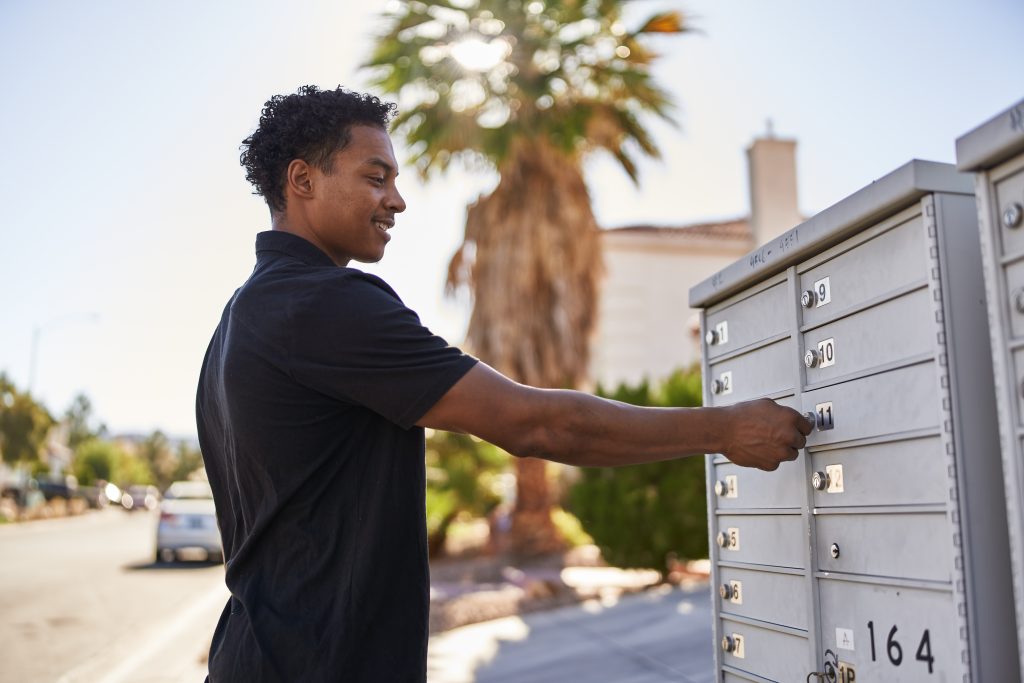Mailboxes may seem like a small part of neighborhood planning, but their layout can have a big impact on daily life, community appearance, and even safety. Choosing between cluster mailboxes and individual boxes means balancing convenience, cost, and long-term goals. Let’s take a closer look at which option makes the most sense for modern communities.
Understanding the Setup
Before diving into pros and cons, it’s important to understand how these two options work. Cluster mailboxes, also called CBUs or centralized mail delivery units, group multiple mailboxes into one secure, freestanding structure. These are often installed in a central spot such as a community entrance, park area, or shared sidewalk.
Individual mailboxes are the traditional setup. Each home has its own mailbox installed at the curb or on the property. This style offers a one-to-one relationship between the home and the mailbox, which many homeowners still appreciate for its simplicity and privacy.
Why Cluster Mailboxes Are Gaining Popularity
Cluster mailboxes have grown in popularity for good reason. They are more secure, reduce delivery time for postal workers, and can be customized to fit the aesthetics of a community. With locking compartments and outgoing mail slots, they provide a safe and efficient option that meets the needs of both residents and postal service guidelines.
In larger communities or new developments, cluster units also cut down on the number of individual mailbox posts cluttering the landscape. This creates a cleaner, more organized look and opens up the opportunity to install lighting, signage, or landscaping around the mail area. Fewer scattered mailboxes means less maintenance and better use of shared space.
The Case for Individual Boxes
Traditional mailboxes still have their charm. For homeowners who value personalization, having a box at the end of their driveway allows them to express their style. From custom designs to classic cast aluminum, individual boxes give residents more control over their property’s first impression.
There’s also the convenience factor. Walking to the end of the driveway is easier than heading to a shared area, especially during bad weather. For seniors, people with limited mobility, or those with homes in colder regions, having the mailbox nearby can be a real advantage. In smaller neighborhoods or rural settings, individual boxes may still be the best option.
What Are the Pros and Cons of Cluster Mailboxes?
Cluster mailboxes are incredibly durable and provide built-in security features. Each unit is designed to resist tampering and harsh weather, giving residents peace of mind that their mail is safe. They also help reduce crime by limiting the number of vulnerable boxes spread throughout the neighborhood.
However, cluster mailboxes do require a dedicated space. Communities need to plan and maintain that location, which can become a gathering point or a neglected corner depending on how it’s managed. If poorly placed or not well-lit, it could feel inconvenient or even unsafe to some residents, especially after dark.
What Are the Pros and Cons of Individual Boxes?
The biggest benefit of individual boxes is the familiarity and ease they offer. There’s no need to walk down the street or worry about someone else accessing your mail. Maintenance is straightforward, and homeowners can often handle repairs or replacements on their own terms.
On the downside, individual boxes are more vulnerable to theft, weather damage, and vandalism. They also create more work for mail carriers, which is one reason the postal service increasingly encourages centralized delivery. In neighborhoods with dozens or hundreds of homes, individual boxes can clutter the streetscape and add to long-term upkeep costs.
Which Option Is More Cost-Effective?
Cluster mailboxes win when it comes to long-term savings. One centralized unit costs less to install and maintain per household than hundreds of individual boxes. It also simplifies postal routes, which can be a factor in overall service speed and efficiency.
Individual boxes may be cheaper upfront, especially in small communities. But if you factor in the cost of regular maintenance, replacements, and increased risk of theft, they can become more expensive over time. For growing neighborhoods, choosing a scalable and secure solution from the start can prevent future headaches.
Finding the Right Fit for Your Community
Every neighborhood is different, and the right choice depends on its size, layout, and the preferences of the people who live there. Some communities find success by combining both approaches, placing cluster boxes in high-density areas and allowing individual boxes for homes that are more spread out.
At Otto’s Streetscape, we help communities weigh the pros and cons of each option and choose mailbox systems that match their goals, aesthetics, and budget. Our experience with both cluster and individual designs allows us to offer guidance tailored to your unique layout and long-term vision.
The Final Verdict
If your community values security, space-saving, and postal efficiency, cluster mailboxes are hard to beat. They’re reliable, low-maintenance, and designed to last. For neighborhoods where tradition and curbside convenience matter most, individual boxes still have their place.
Ultimately, the decision should reflect the character of your streetscape and the needs of your residents. Otto’s Streetscape is here to make sure you get it right, with quality products and expert advice that keep your community looking sharp for years to come.
Partner with Otto’s Streetscape Solutions!
At Otto’s Streetscape Solutions, we’re proud to be part of that mission. Let us help you bring clarity, safety, and peace of mind to your community one light at a time. Contact us today to learn more about our lighting solutions.

